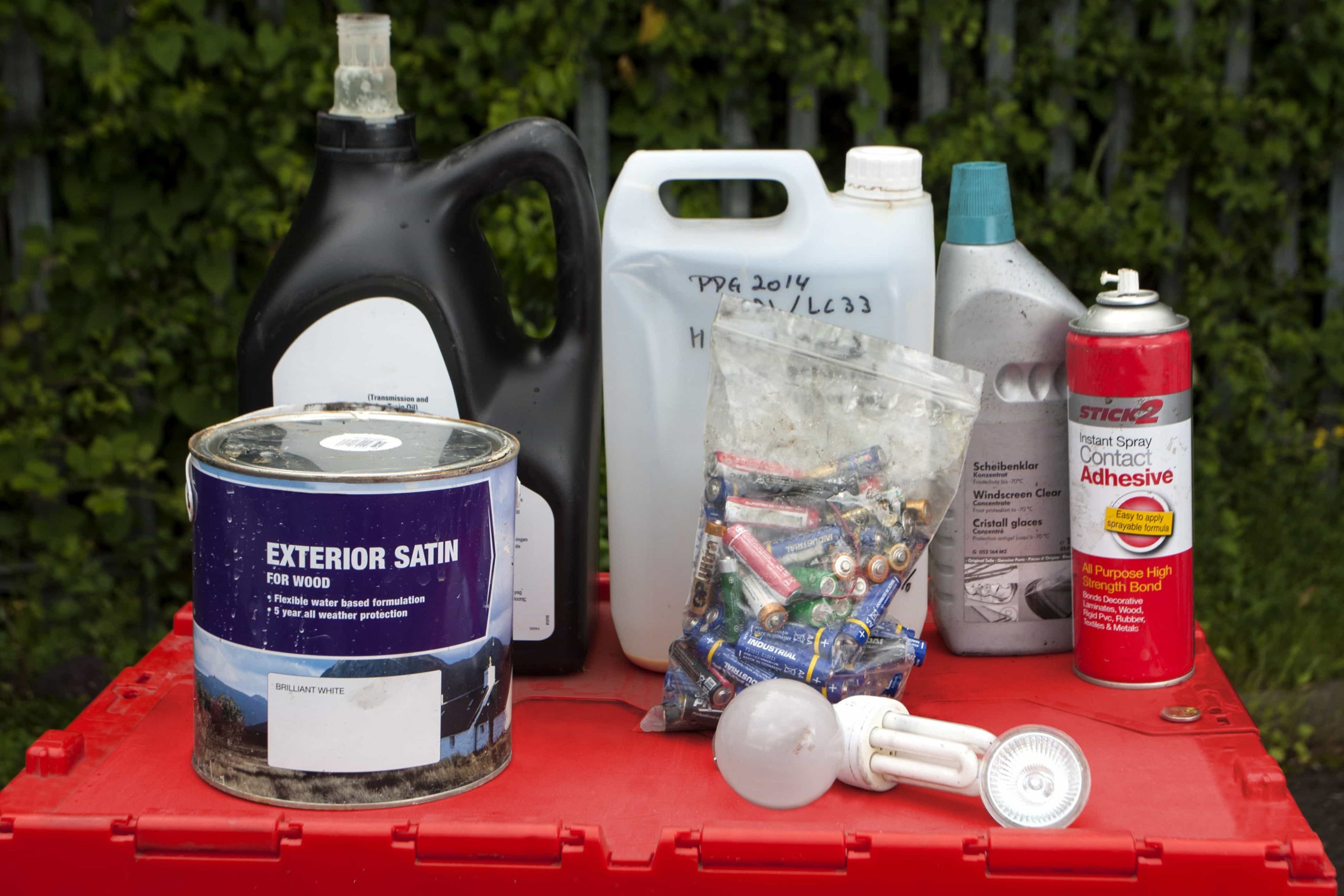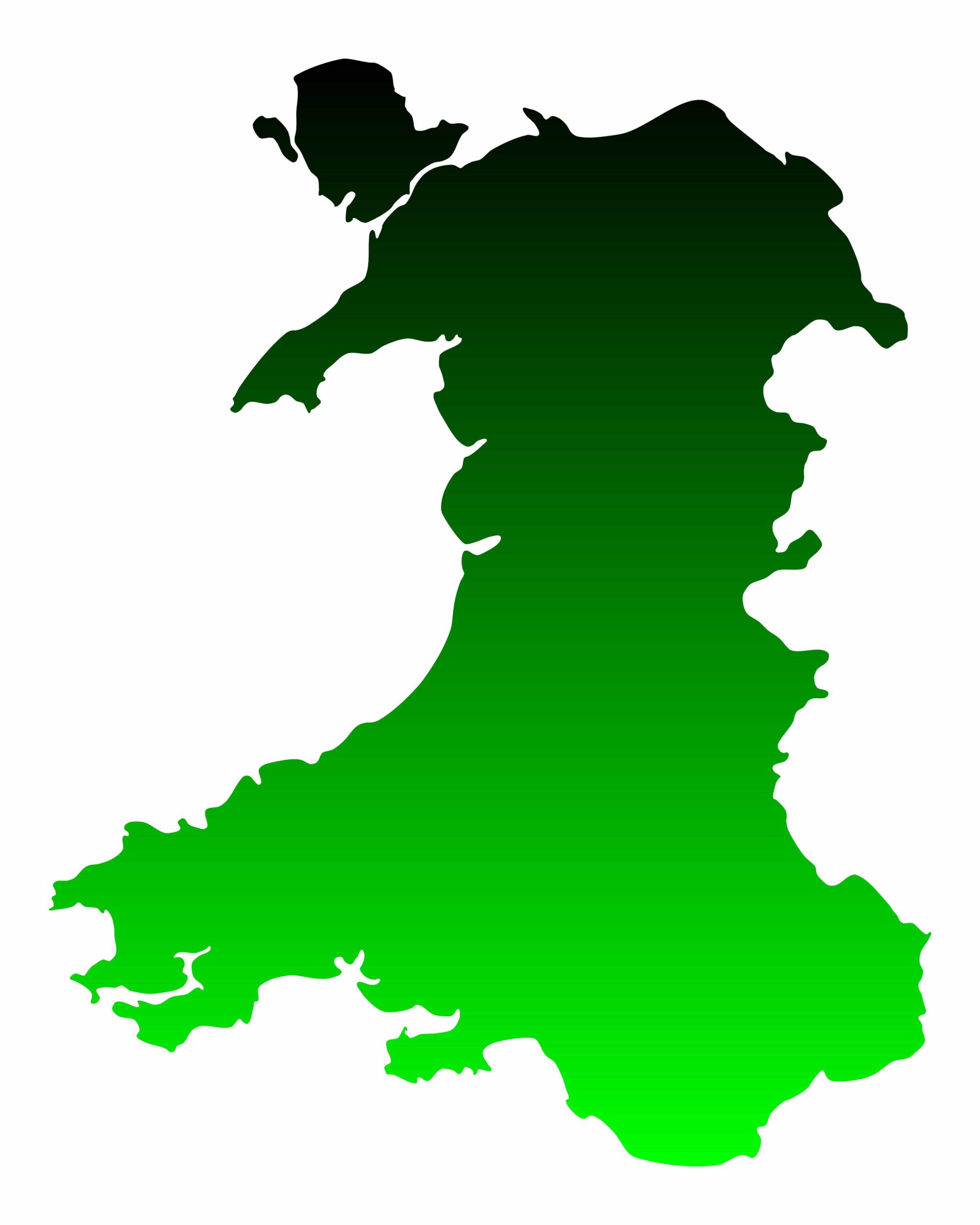On 1 April 2016 the Hazardous Waste Regulations were amended to introduce some important changes. These changes apply to England only and have resulted in different requirements for managing hazardous wastes in England and Wales. As it says in related guidance, “this change affects the entire hazardous waste control system”.

The key changes relate to the scrapping of hazardous waste producer registration (and related requirements and offences) together with changes in the use of Standard Industrial Classification of Economic Activities codes (SIC codes). There are no such changes within Wales and therefore, for example, responsible parties operating in both England and Wales, are required to use different consignment notes with different information requirements, while offences relating to, for example, the collection from unregistered waste producers remain in Wales, but not within England.
These changes have been brought about by the Strategic Smarter Environmental Regulation Review, (otherwise known as the ‘Red Tape Challenge’), which aims to reduce regulatory burdens on businesses.
Within Wales procedures and practice for the movement of hazardous wastes have not changed and therefore this article relates to changes in England only. Controls in Scotland and Northern Ireland have been very different since the changes to hazardous waste controls were introduced in 2005.
Premises Notification
Perhaps the most significant change is that relating to the scrapping of hazardous waste producer registration/ premises notification. At the time that the Hazardous Waste Regulations were introduced in 2005 they brought in the requirement, for the first time, of producer registration; this required that those companies that produced more than a specified weight of hazardous waste in any 12-month period, had to register as a hazardous waste producer with the relevant regulatory body.
Upon registration, these hazardous waste producers were issued with a premises registration code (or ‘premises code’) that formed a key part of the information requirements within a hazardous waste consignment note. At the time, the registration of hazardous waste producers allowed for some form of control over the hazardous waste management process that was lost with the revocation of the requirement for the pre-notification of hazardous waste movements (and that has been retained in Scotland and Northern Ireland).

The 2016 amendment Regulations have revoked producer registration within England with the resultant need to change consignment note code format which had previously used the ‘premises code’ to help provide a unique consignment note code for each and every hazardous waste movement. Despite this, it is important to recognise that consignment note codes must continue to be unique to the individual waste movement and that this remains a regulatory requirement.
The new consignment note for use in England can be downloaded from the GOV.uk website here.
Coding
For most companies the new coding standard will have been used since 1 April 2016 but those companies that held a valid premises registration number on 31 March 2016, (or did not require registration) could continue to use the old coding standard until 30 June 2016.
Although the specific information requirements have changed, the format for the consignment note code remains the same, but whereas the first six digits of the code was formerly the ‘premises code’ of the producer or holder, it is now the first 6 letters/numbers (not symbols or spaces) of the name of the hazardous waste producer/ holder. An element of common sense in using these letters would appear to be appropriate; reference to the company name used in quarter 1 (2016) hazardous waste returns will indicate the name (first 6 letters/numbers) to be used going forward. There has been some confusion over this issue and some companies have veered from these official guidance requirements (e.g. by introducing numbers not found within the first six letters of their name.
Coventry
While this new system fails to differentiate, for example, between companies based in Coventry and whose name is (a hypothetical) ‘Coventry tiles’, ‘Coventry sand’ and ‘Coventry bricks’ it is important to recognise that each company is also required to provide their postcode along with other details that will allow for adequate differentiation and it is important that all users of consignment notes adhere to the coding guidance; this will allow the regulator to exercise continued control inasmuch as they will, for example, be able to go to a particular postcode and expect to see information displayed by a company with a name beginning ‘Covent’. Other information supplied on the consignment note will facilitate tracking the particular business of interest. These rules are strict and do not allow for deviation.
There is no change in the system for allocating the second five digits of the consignment note code; these help to create a unique identifier and can be any alphanumeric combination. In this case waste contractors will often use the first letter of their name together with a four-digit number. In relation to these second five digits of the consignment note code, The Environment Agency have said that “If your company name has less than six letters/numbers you must assign the letter ‘Q’ to remaining characters.”
Beyond these issues, it is also important to note that the amending Regulations now specify that the producer, holder, dealer, broker or consignor should keep records chronologically in a register at the place where the waste is produced or held, while there have also been changes in guidance to hazardous waste rejection procedures.
Further details can be found here.
Use of SIC codes
When the Waste (England and Wales) Regulations of 2011 amended Duty of Care controls, then amongst other changes, the SIC (2007) code was required as part of ‘written information’ (e.g. in the form of a controlled waste transfer note). Since then, written information relating to non-hazardous wastes has required the use of SIC (2007) codes while that for hazardous wastes (as consignment notes) has required the use of SIC (2003) codes, many of which are different.

The Hazardous Waste (Amendment) Regulations have now changed the above so that all documentation now requires the use of the SIC (2007) codes. However, it is important that all waste producers/ holders ensure that the correct SIC code IS entered (A previous Regulatory position statement had relaxed the need for inclusion of SIC (2003) codes). In Wales, Natural Resources Wales has said that they will accept either 2003 or 2007 SIC codes.
In relation to the use of these codes it is important to recognise that a single site can have more than one SIC code. Environment Agency guidance identifies that “You must provide a full written description and the Standard Industrial Classification SIC 2007 code of the process that created the waste. If you operate more than one process, this may be different to the SIC code for your main process.”
For example, if food waste is produced from the restaurant of a refinery then the SIC code would relate to ‘catering’ rather than refinery activities.
The new changes also allow the use of equivalent NACE codes as an alternative to SIC codes, and it is possible that some companies that operate across Europe (especially) may choose this option. In this case ‘NACE’ is derived from the French term “Nomenclature statistique des Activités économiques dans la Communauté Européenne”) and is the industry standard classification system used in the European Union.
Summary
In summary: The new changes relate only to the generation and movement of hazardous wastes in England; hazardous waste producer registration and related requirements continue to operate within Wales. The revocation of hazardous waste producer registration in England means that there is no annual registration requirement, while the format for consignment note codes has changed. In relation to the latter, there has been some confusion over accepted practice, but the guidance is clear and strict, and does not allow for deviation.
The first six digits of the consignment note code MUST be the first six letters/ numbers (not symbols or spaces) of the hazardous waste producer’s company name. Activities producing hazardous wastes must now be described with reference to 2007 SIC codes and not 2003 SIC codes – as in the past.
About
Dr Ken Westlake is a Director of Waste Training Services with 30 years’ experience in wastes management both in the UK and overseas. Since 2000 he has focused on consultancy and training in all aspects of wastes legal compliance.








Subscribe for free